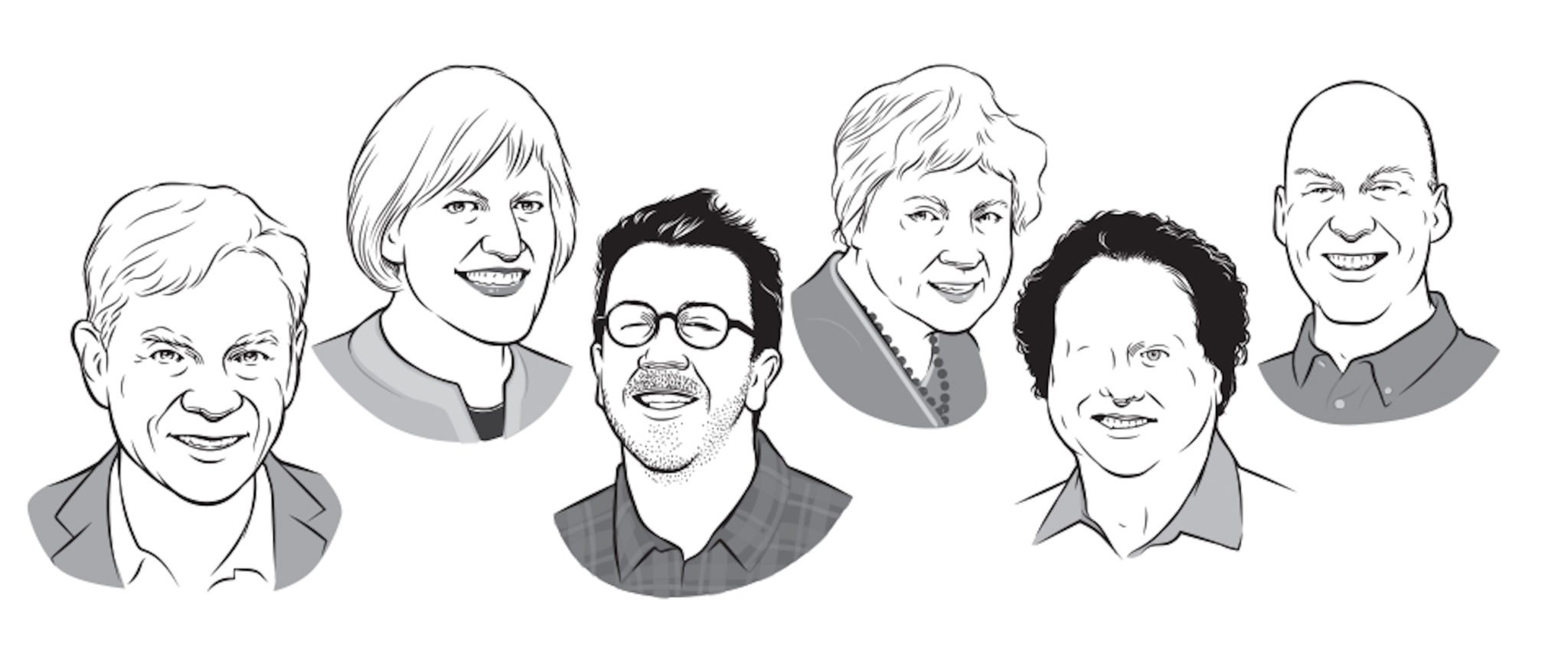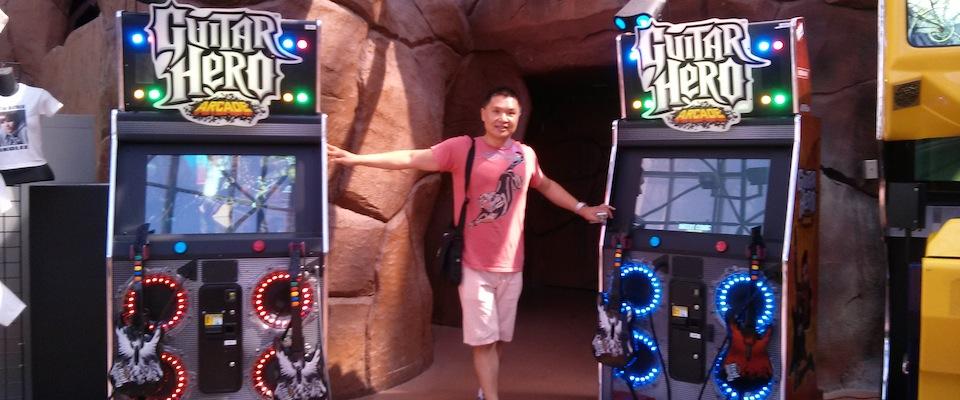Frank Werblin, professor emeritus of neurobiology at Cal, is the founder and developer of IrisVision, a new technology that uses smartphones, virtual reality headsets, and algorithms to restore visual function to patients with a variety of conditions, including macular degeneration and glaucoma. The device may soon be used to make remote diagnoses and administer therapies as well. The headsets are large and expensive, and the device is designed for stationary use, not for walking around. They can be life-changing, nonetheless. “The great value of this device isn’t that it simply restores vision,” Werblin told the New York Times in 2020. “But it brings people back to life.”
Professor Georgina Kleege teaches creative writing and disability studies at Cal. Her books include the essay collection Sight Unseen (1999), Blind Rage: Letters to Helen Keller (2006), and More Than Meets the Eye: What Blindness Brings to Art (2018). Kleege, who is blind, likes to speak of “gaining blindness” rather than losing eyesight. “Blindness is always understood as a loss,” she told an interviewer, but “the lived experience of many blind people is that blindness … is a different way of perceiving the world, and that there are gains in that experience.” In addition to teaching and writing, Kleege has served as a consultant to several art institutions, including New York’s Metropolitan Museum of Art.
Will Butler ’11 “came to college a sighted person and left as a blind person.” He said his time at Cal proved challenging after multiple surgeries left him unable to see. “All the books I was being assigned at the time weren’t in a digital format,” Butler told the Berkeley Resource Center for Online Education (now Digital Learning Services), and he fell behind in his studies while waiting for blind-accessible textbooks. “Not coincidentally, one of the best classes I had was with a blind professor because she had to do everything methodically and digitally.” A freelance writer (and contributor to this magazine), Butler is also the chief experience officer of Be My Eyes, a mobile app that connects sighted volunteers with the vision-impaired for assistance with identifying objects and other everyday challenges.
Photographer and sculptor Alice Wingwall, MFA ’63, progressively lost her vision to retinitis pigmentosa, a rare genetic disorder. Wingwall told KQED Arts that her work is guided by her “mind’s eye,” where she develops artistic images in her head, and her deep memory. Without the aid of sight, she relies on other senses, such as her ability to “feel the heat of the sun” and thereby intuit light direction. Wingwall was born in Indiana, where she earned a degree in art before moving west to pursue her master’s in sculpture at Cal. Her photographic work features architecture, self-portraits, and superimposed imagery, and has been exhibited in museums and galleries around the world.
Joshua A. Miele ’92, Ph.D. ’03, was awarded a prestigious 2021 MacArthur Fellowship, or “genius grant,” for developing tools to aid the blind and visually impaired in navigating both the physical and digital realms. One example: a set of tactile maps of BART stations that work with a smart pen to allow the unsighted to explore and plan transit routes. Miele, who studied physics as an undergrad at Cal and psychoacoustics for his doctorate, lost his eyesight in a senseless attack at age four. He told Berkeleyside he found his way to Berkeley in the ’80s “mostly because it was 3,000 miles away” from his hometown of Nyack, New York. On the Cal campus, he said, he got to hang out with “the coolest blind people I had ever known in my life.”
An architect, consultant, and lecturer in the College of Environmental Design, Chris Downey, M.Arch. ’92, lost his eyesight in 2008 after undergoing brain surgery. When he returned to the drawing board a month later, he found he brought new perspectives, or “outsights,” to his vocation. “In reading drawings with my eyes, I was more passive,” Downey said in an interview with the American Institute of Architects. “As an architect without sight, your mind is really active, picking up all sorts of really incredible environmental cues all around you.” Downey, who sketches his ideas onto embossed plans using malleable wax sticks, likes to say he “lost his sight, not his vision.” His projects include the Salesforce Transit Center and LightHouse for the Blind and Visually Impaired in San Francisco.



















